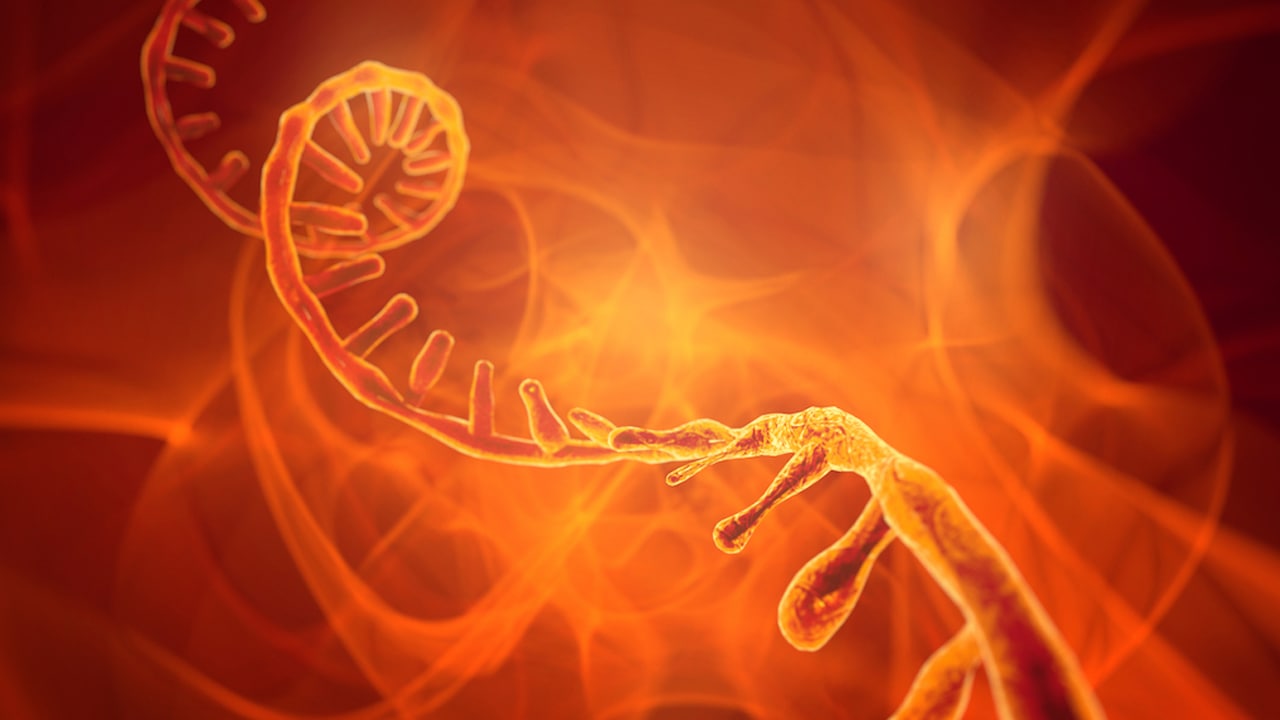According to the latest report, in a recent new study, researchers at the University of Tokyo in Japan have created for the first time a replicable RNA molecule that also has the ability to diversify and develop complex features and follow Darwin’s theory of evolution.
This study provides the first empirical evidence that simple biomolecules can contribute to the emergence of complex life-like systems. To this day, many major questions remain unresolved about the origin and evolution of life. There are still many unknown details about how the evolution from simple molecules to complex cells, to apes and humans.
Join tip3x on Telegram
For decades, an important hypothesis has been that RNA molecules essential to cellular function existed on primitive Earth, possibly along with proteins and other biomolecules. About 4 billion years ago, these molecules began to replicate themselves, evolving from a simple single molecule to a variety of more complex molecules. This step-by-step change may have eventually led to the emergence of life, including countless microbes and, later, an array of beautiful animals and plants.
There has been much discussion about this theory, but it is very difficult to physically build such an RNA replication system. However, in a paper published in Nature Communications, a research team from the University of Tokyo explains a long-term RNA replication experiment they conducted. In this experiment, they witnessed the transformation of a chemical system into biological complexity.
 Excited by what they found, the research team found that a single RNA molecule evolved into a complex replication system: a network of replication factors consisting of five RNA molecules whose molecular interactions are very diverse. This suggests that a long-envisioned evolutionary transition scenario is feasible.
Excited by what they found, the research team found that a single RNA molecule evolved into a complex replication system: a network of replication factors consisting of five RNA molecules whose molecular interactions are very diverse. This suggests that a long-envisioned evolutionary transition scenario is feasible.
Moreover, RNA molecules were first incubated in water-in-oil droplets at 37°C for 5 hours, then the solution was diluted to one-fifth of its original concentration with RNA-free nutrient droplets and vigorously agitated. Mutations occur when this process is repeated multiple times.
Compared with previous empirical studies, the results of the new study are novel because the team used a unique RNA replication system that can undergo a Darwinian-style evolutionary process – mutation and natural selection based on a continuous change self-perpetuating process. This process leads to the emergence of different traits, and those that are adapted to the environment persist.
In evolutionary biology, the “principle of competitive exclusion” states that if more than one species is competing for the same resources, they cannot coexist. This means that molecules must establish a way to alternately utilize different resources for sustainable diversification. They’re just molecules, so the research team wondered whether non-living chemical “species” might have developed this innovative way spontaneously.
So, what’s next? Compared with biological organisms, the molecular replication systems now studied have a remarkable simplicity, enabling the study of evolutionary phenomena with unprecedented resolution. The complex evolution seen in the experiments is just the beginning. In the process of the emergence of living systems, more events will occur.
Of course, many questions remain to be answered, but this study provides new empirically-based insights that can help us further our understanding of the possible evolutionary paths of early RNA replicators on proto-Earth. For thousands of years, humans have been trying to answer the ultimate question – what is the origin of life? These results may hold clues to solving the problem.
